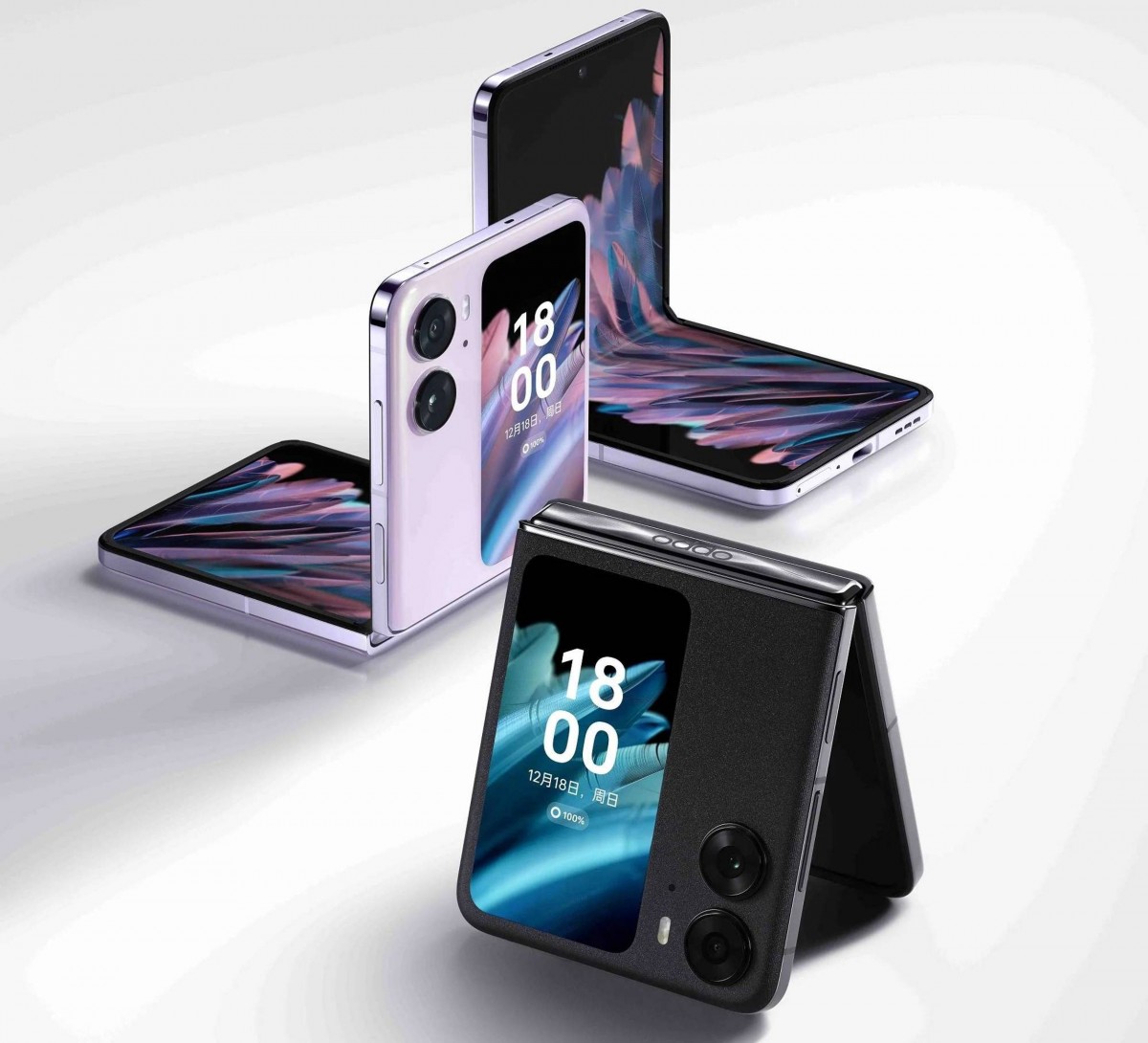


Smartphones have changed dramatically over the last two decades, evolving from simple communication tools to powerful personal assistants. But just when it seemed like phone designs had settled into a predictable slab shape, a new trend began to emerge — foldable smartphones. These futuristic devices promise to combine portability with productivity, but the question remains: Are flip phones really the future of mobile technology?
Let’s take a closer look at what makes foldables so exciting, how the technology works, and whether they’re ready to replace your traditional smartphone.
Foldable phones are devices that use flexible OLED displays and advanced hinge mechanisms to allow the screen to bend and fold. Unlike old-school flip phones with separate screens and keypads, modern foldables feature seamless, foldable touchscreens that can open like a book or flip vertically like a compact mirror. Popular models include the Samsung Galaxy Z Fold and Z Flip series, Motorola Razr, and Google Pixel Fold. These phones offer a unique blend of compact portability and expanded screen real estate.
Foldable phones are gaining attention because they offer something the smartphone market hasn’t seen in years — innovation in physical design. Users can enjoy a tablet-sized display for multitasking, reading, or gaming, then fold it into a pocket-friendly shape. For those who miss the tactile satisfaction of flipping a phone shut, foldables also bring a nostalgic twist with futuristic functionality. Brands are marketing them as luxury tech statements and productivity powerhouses, which is fueling consumer curiosity and demand.
One of the biggest benefits of foldables is multitasking. Devices like the Galaxy Z Fold 5 allow users to run multiple apps side-by-side, transforming a single phone into a mini workstation. You get the flexibility of a tablet without carrying extra bulk. Foldables also enhance gaming and media consumption with immersive, larger screens. Meanwhile, flip-style foldables like the Z Flip 5 are compact, stylish, and easily fit into small pockets — perfect for minimalists who want both convenience and performance.
Despite the hype, foldables still face challenges. The most obvious is durability. Hinges and flexible screens are more fragile than traditional glass slabs, making them vulnerable to dust, water, and repeated folding. Repairs are often expensive, and even minor cracks can impact the entire display. Battery life is also a concern, as dual displays and advanced features consume more power. Lastly, foldable phones come with a premium price tag, making them less accessible to average consumers.
Tech companies are working hard to make foldables more durable and affordable. Samsung, for example, has improved its hinge design and added water resistance in recent models. Google’s Pixel Fold boasts software optimization specifically for foldable screens, while Motorola’s latest Razr uses ultra-thin glass that flexes without tearing. Each new generation brings better hardware, refined software, and more competitive pricing, signaling that foldables are steadily becoming more mainstream.
Some critics argue that foldables are more of a novelty than a necessity. After all, most smartphone users are already satisfied with the current candy-bar design. But innovation often starts this way. Remember when large-screen phones were mocked as "phablets"? Now, they’re the standard. Foldables might feel niche now, but they offer the potential to redefine what a smartphone can be — merging portability with productivity in a way no other device does.
Foldables are ideal for tech enthusiasts, professionals who need on-the-go multitasking, and users who value both style and substance. They're also great for travelers who want the benefits of a tablet without packing an extra device. However, if you're someone who prioritizes durability, battery life, or affordability, you may want to wait another generation or two. As the technology matures, foldables will become more practical for everyday use.
The foldable market is expected to grow significantly over the next few years. As prices drop and reliability improves, more users will get hands-on experience with the format. Expect to see more players like Apple enter the foldable race, which could drive even faster adoption. Future foldables may feature rollable screens, transparent displays, or even tri-fold designs. The possibilities are wide open — and that’s what makes this space so exciting.
Foldable phones aren’t just a flashy trend — they’re a glimpse into the next phase of mobile technology. While they may not fully replace traditional smartphones just yet, they’re pushing the boundaries of what phones can do and how they can look. If you’re a forward-thinking user who loves staying ahead of the curve, now might be the perfect time to explore the world of foldables.
Whether they become the new normal or remain a premium option, one thing is clear: foldable phones are here to stay, and their journey is just beginning.